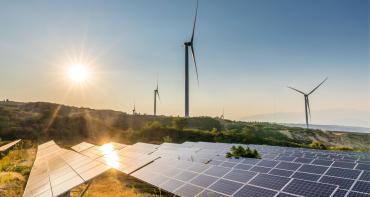Yet funding thus far has been insufficient. Despite the critical need to protect the ocean and the many mutually beneficial reasons for greater action on ocean issues, Sustainable Development Goal 14, Life under water, is the least funded of all the SDGs by a significant margin. The magnitude of blue finance flows (i.e., finance directed towards sustainable ocean-related activities) is currently too small to meet the scale of the problem.

In addition to its economic benefits, the ocean plays a central role in regulating the global climate, driving weather and creating the conditions necessary for life. The ocean is one of the world’s largest carbon sinks, sequestering 30 per cent of annual carbon emissions, with mangrove and saltmarsh marine ecosystems particularly efficient at trapping carbon. Furthermore, mangroves and coral reefs protect coastlines from the impact of erosion and extreme weather while creating critical habitats and nursery areas for biodiversity.
This report provides members of the Commonwealth Blue Charter, and other interested readers, with a snapshot of what kinds of blue finance exist and are likely to be available in the near future. Likely paths of future funding are presented through examining past funding flows, opportunities and barriers influencing past and future flows, some of the motivations and practical and legal considerations, and publicised opportunities.



